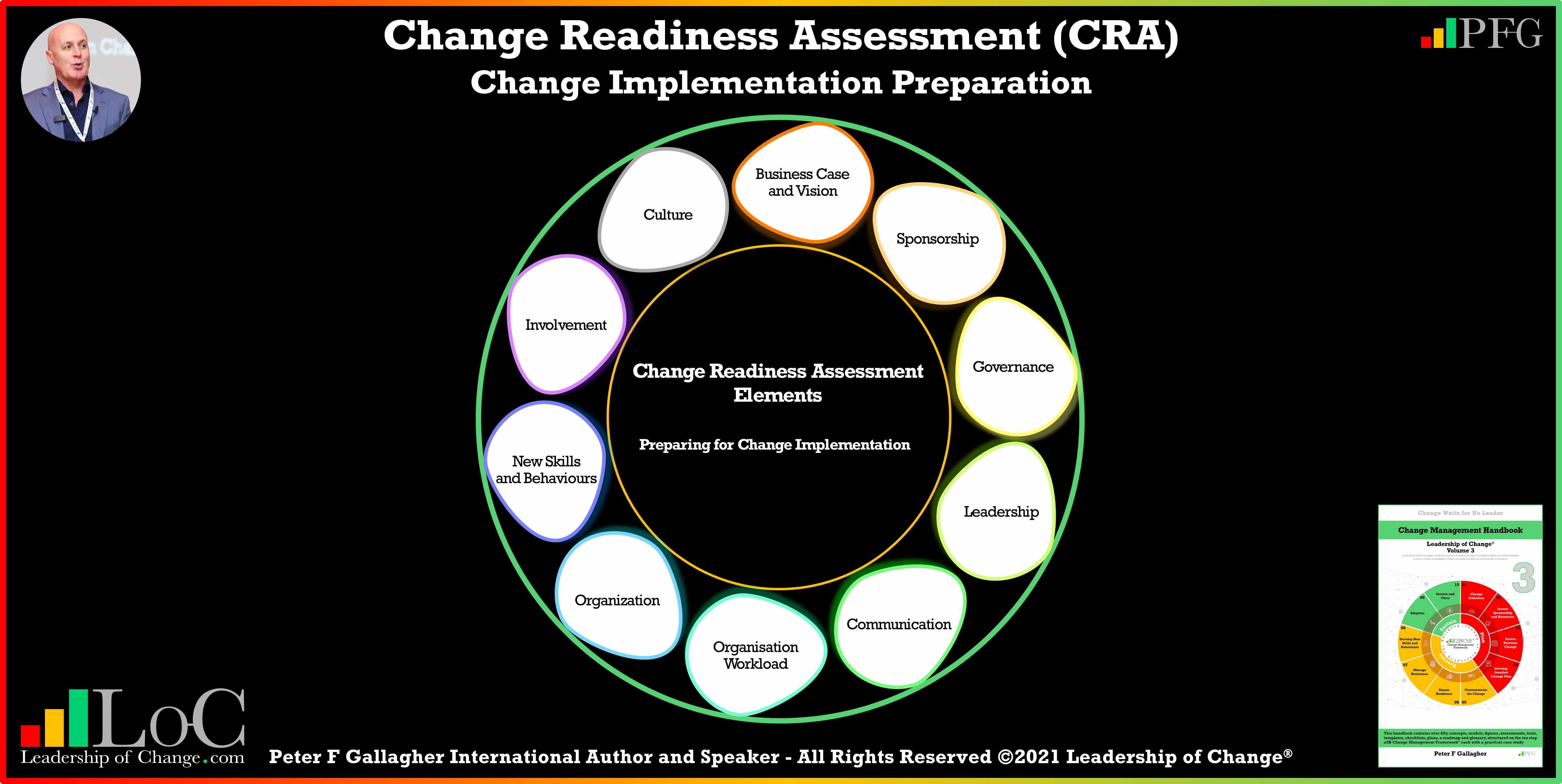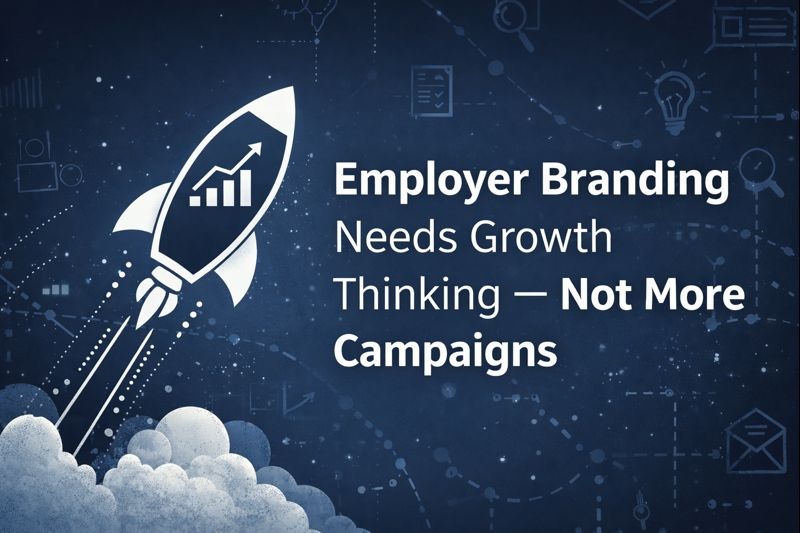Nov26

The purpose of the change readiness step (a2B Change Management Framework (a2BCMF) Step 6) is to establish if the organisation is ready for the change. Having data and insights from readiness assessments or interviews can help to ensure the organisation and employees are prepared for the change. They can identify potential implementation gaps so that corrective actions and plans can be executed to close the gaps and improve change readiness. The change readiness assessment evaluates if the key elements are in place to support change implementation. The ten key elements are typical enablers to support the change implementation by reducing resistance and maximising adoption. They start with ensuring that the employees understand the business case and vision for the change. Finally, they assess if there is a new desired organisational culture to support the change. Change readiness is typically performed using a survey or structured interviews. The likely outcomes will: ~ Identify Potential Change Implementation Gaps: The assessment will provide data and insights to identify gaps that will impact change adoption and benefits realisation should the change is implemented (organisation and employees). ~ Execute Corrective Actions to Improve Change Readiness: Corrective action and intervention plans should be prepared and executed to close the gaps in the applicable readiness elements. The a2B Change Management Framework (a2BCMF) is a structured and disciplined approach to support organisations, leadership teams and individuals going through a change, the transition from the current ‘a’ state to the improved future ‘B’ state. The a2BCMF has three phases and ten key process steps. Each phase provides change strategies, principles, analysis and tactics to move from one phase to the next. The framework is based on over thirty years of international change experience and brings together leading practice in change, people and programme management. The structured programme approach, processes, techniques and tools focus on overcoming the failures of previous change by incorporating ten key steps and success elements for achieving organisational change. It supports strategic change implementation in terms of context, content and process. The framework is a comprehensive management model that allows executives, managers and change practitioners to successfully deliver and achieve organisational change. It requires a holistic approach, and some steps can be performed simultaneously. Note: This article was posted on Peter’s Blog 25th Nov 2020 - https://bit.ly/3o1Bqyj Peter speaks on the Leadership of Change, change management, change leadership and the benefits of change management gamification. For over 30 years Peter has been helping organisations, leaders and employees change, improve and transform through keynotes, master classes, change management gamification workshops, projects and programmes. You can find out more at: https://www.peterfgallagher.com/speakerservice.
Keywords: Leadership, Change Management, Business Strategy
 Concrete’s Carbon Problem and the Race to Fix It
Concrete’s Carbon Problem and the Race to Fix It Employer Branding Needs Growth Hacking — Not More Campaigns
Employer Branding Needs Growth Hacking — Not More Campaigns The Wireless Renaissance: From Tesla’s Dream to Agentic Autonomy
The Wireless Renaissance: From Tesla’s Dream to Agentic Autonomy Collective Resonance: How Consciousness Scales Beyond the Individual
Collective Resonance: How Consciousness Scales Beyond the Individual Autonomous Wingmen: Scaling Sustainable Aviation via NVIDIA NAT and Formation Flight
Autonomous Wingmen: Scaling Sustainable Aviation via NVIDIA NAT and Formation Flight